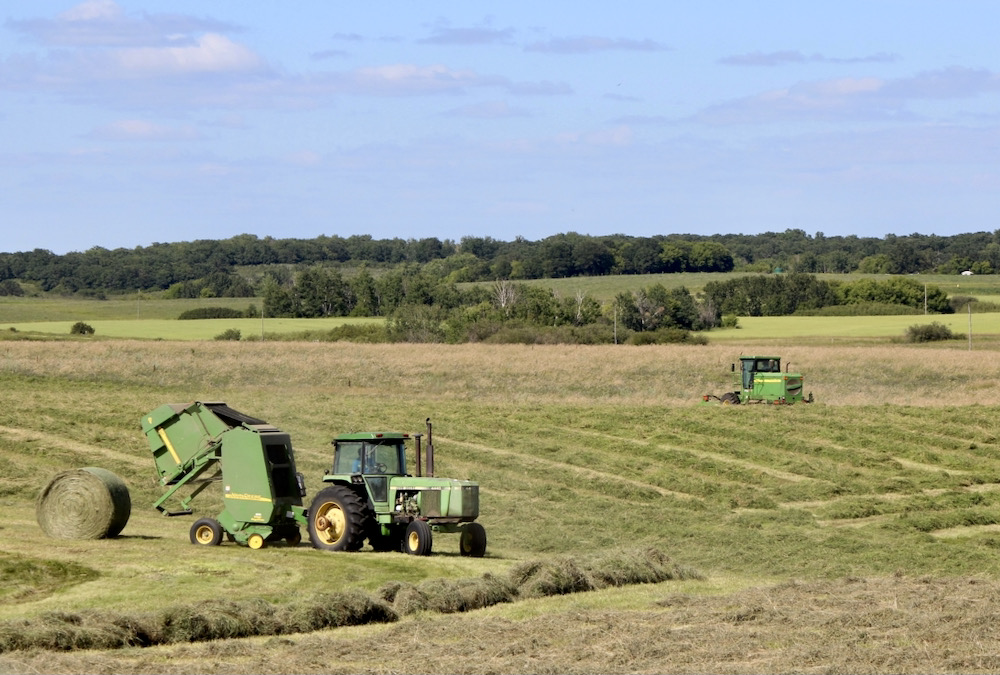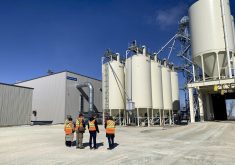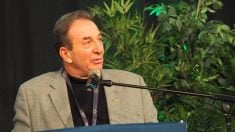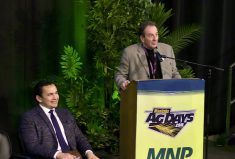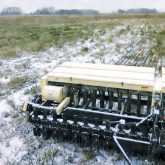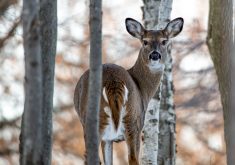Slightly more producers bought into forage insurance this year, although it’s unclear how much that increase was brought on by changes new to the program this year, and how much was due to expectations of a poor season.
“It’s probably a combination of both,” Manitoba Beef Producers general manager Carson Callum said, “and we don’t have strong statistics or data to indicate the reasoning (for) the change in update.”
About 340,000 forage acres were insured this year, roughly 40,000 to 50,000 more than the year before, according to recent data from the Manitoba Agricultural Services Corporation (MASC).
Read Also

Mazergroup’s Bob Mazer dies
Mazergroup’s Bob Mazer, who helped grow his family’s company into a string of farm equipment dealerships and the main dealer for New Holland machinery in Saskatchewan and Manitoba, died July 6 from cancer.
Why it matters: In 2019, the province pitched a forage insurance review, which saw the first program changes come into force this spring, as a way to address some long-standing concerns.
Numbers are also not final, David Koroscil of MASC said.
“It’s a significant increase from a year-to-year standpoint,” he said.
Regional data was not available, and it is unclear how many of those acres might be located in those regions that have already hemorrhaged concerning numbers of cattle due to drought.
This was the first year MASC’s forage insurance programs saw changes, after a provincial forage insurance review was completed last year.
The review itself was prompted by poor hay in 2019, another season where forage in some areas fell drastically short of normal. At the time, the province leaned on the forage review in the face of calls for financial aid.
This year saw MASC include yield cushioning into its forage programs, a measure meant to smooth out outlying years that might cause coverage to swing. Livestock producers had previously argued that one disaster year could tank individual coverage for years.
Under the new system, coverage calculations disregard years that are either below 70 per cent (60 per cent for coarse hay) or over 160 per cent of normal.
Other changes include increased transport allocations and a bumped-up hay disaster benefit.
Koroscil also suggested that the increase may be a combination of program change and weather.
“Weather plays a key role in uptake or changing of policies,” he said. “Producers pay close attention to what the soil conditions are like, what the weather patterns are.”
Koroscil used the example of a wet fall or winter, an event usually preceding a change in excess moisture insurance uptake for that coming year.
Earlier this year, provincial extension staff and other livestock experts urged producers to consider insurance, given the lack of snow over the past winter and corresponding lack of snowmelt.
Parts of the province saw their first substantial rains in the last few weeks, with drought conditions becoming critical in areas like the Interlake.
“I think some folks saw the writing on the wall and decided to try out some of the insurance programs and get involved and take out a policy, knowing that it might be a difficult year,” Callum said.
Uptick or trend?
It is also unclear whether the changes, or recommendations from the review that have yet to be applied, might make forage insurance attractive enough that uptake is generally increased, and not just in years where farmers are expecting a problem.
“It’s a difficult thing to know and we’ll see how these changes impacted those who did take out a policy this year,” Callum said. “It would be interesting to see what sort of assistance it does provide.”
Callum argued, however, that despite the changes, there is still “an imbalance, I think, in the forage program that we’ll need to address as an industry.”
Some of that uptake gap can be contributed to producers who are unaware of their insurance options or the recent changes, according to Callum.
“I think the important thing will be communication of these changes,” he said.
With the COVID-19 pandemic, however, some of that communication has been stunted.
Part of the gap might also improve with incoming, more long-term changes.
One review recommendation, for example, called for the use of satellite technology to ensure coverage is based on more accurate data. When initial changes were announced this year, the province also said that a pilot project developing indexes based on satellite-generated data was in the works.
While those changes would place forage insurance back to the limelight, Callum noted that the administrative burden of a policy is still plenty of disincentive, while many producers may still have a bad taste in their mouth from past experience with forage insurance coverage.
On the other hand, he noted, if producers took out policies this year and have a good experience, that might help programs gain more foothold through word of mouth.
Slow climb
Compared to covered acres for annual crops however, there’s still a long way to go. In 2020, MASC estimated that the about 290,000 insured forage acres that year represented only 26 per cent of eligible acres in the province.
“We know that compared to annual crops, a lower proportion of forage acres are insured through AgriInsurance,” Agriculture and Resource Development Minister Ralph Eichler said. “The forage insurance review was initiated to get a better understanding of the purchasing decisions of Manitoba producers in terms of forage insurance products available to them, as well as identifying how Manitoba’s insurance program can evolve to be more effective and grow the industry.”
Eichler added that he was pleased to see the increase.
Future change
In terms of next year, Koroscil says MASC is still in the midst of developing and budgeting programming.
“That will play a key role as to what’s brought forward into the upcoming year,” he said.
Producers should not expect details on that until early January, MASC estimated.






